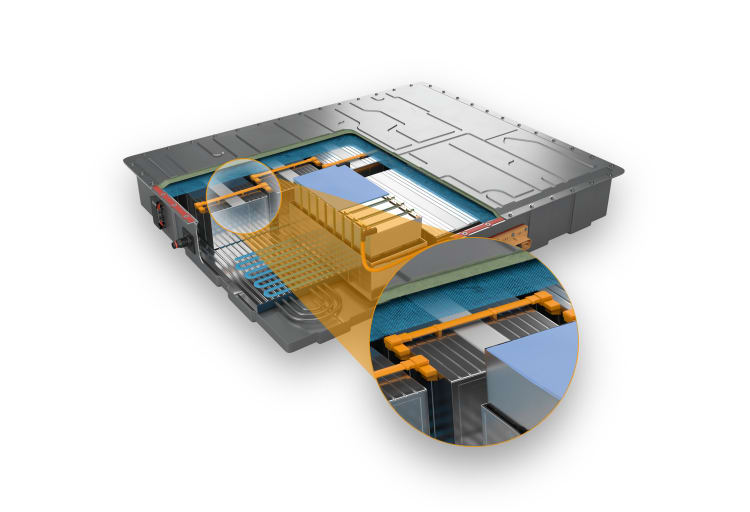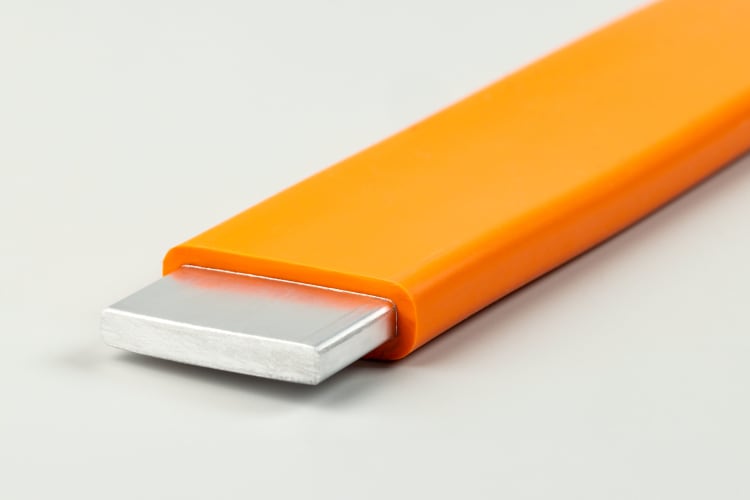
Wacker is set to introduce a significant innovation at the upcoming K 2025 International Trade Fair for Plastics and Rubber: Elastosil R 531/60, a new silicone rubber designed specifically for the insulation of busbars in high-voltage traction batteries used in electric vehicles. As the automotive industry moves toward higher battery voltages—ranging from 400 to over 900 volts—the need for reliable and robust electrical insulation becomes increasingly critical. Busbars, typically made from aluminum or copper, serve as the primary conduits for electrical current between battery cells and modules. Ensuring their insulation is essential to prevent leakage currents, energy losses, and, most importantly, to guarantee passenger safety.
Elastosil R 531/60 addresses these challenges by offering reliable insulation that remains effective even at continuous operating temperatures up to 205 °C. The material's unique property is its ability to ceramify in the event of a fire. When exposed to extreme heat, the cured silicone transforms into a solid ceramic layer, maintaining electrical insulation and preventing short circuits even at temperatures between 800 and 1000 °C. This feature provides an additional safety barrier, ensuring that busbars remain insulated during accidents or vehicle fires, thus protecting passengers and minimizing the risk of catastrophic electrical failures.
Cost-effective processing and mechanical resilience
One of the notable advantages of Elastosil R 531/60 is its processability via extrusion. With a Shore A hardness of 60, the silicone rubber can be efficiently applied as a sheath to busbars, streamlining manufacturing and reducing costs. Its high flexibility and tear strength allow the insulated busbars to be bent and adapted to the complex geometries within battery packs without cracking or fracturing. This resilience is maintained even after impact testing, and the insulation remains effective at temperatures as low as -40 °C, providing robust protection against vibrations and shocks experienced during vehicle operation.

Enhanced fire safety for electric vehicles
Fire safety is a key concern in the design of electric vehicles, particularly as battery voltages and energy densities increase. Elastosil R 531/60’s ceramifying behavior is a crucial innovation, as it ensures that, even in the event of a thermal runaway or fire, the busbars remain electrically insulated. This not only prevents short circuits but also helps to contain the spread of fire within the battery compartment, contributing to overall vehicle safety.

.
Presentation at K 2025
Wacker will showcase Elastosil R 531/60 at the K 2025 trade fair in Düsseldorf, Germany, from October 8 to 15, in Hall 6, Booth A10. The product is expected to attract significant attention from automotive manufacturers and suppliers seeking advanced solutions for battery safety and reliability in electric vehicles.



